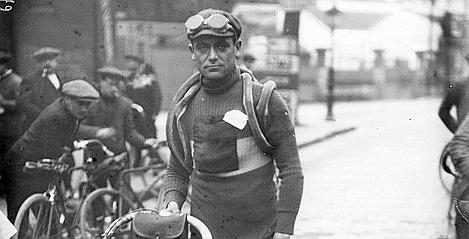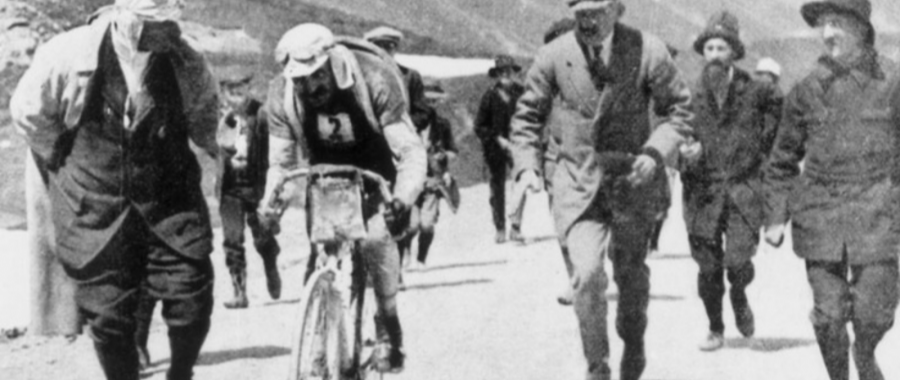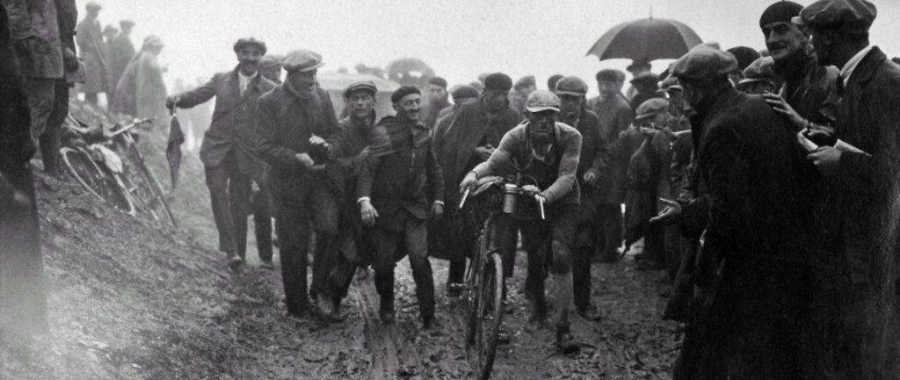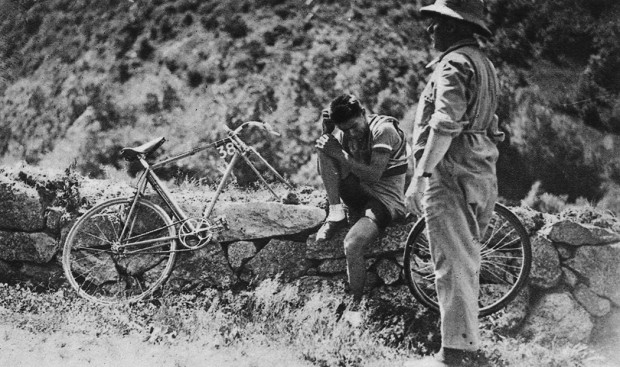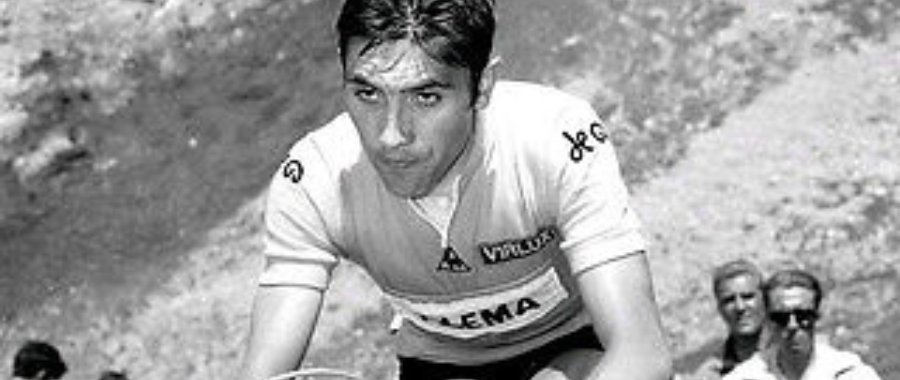In 1910, Henri Desgrange, the Tour’s founder and director, decided to introduce mountain stages into the race to make it even more challenging. The Pyrenean stages were added, including climbs like Col du Tourmalet, and Col d'Aubisque which were among the most difficult ascents the cyclists had ever encountered.
The Col du Tourmalet, in particular, was considered an almost insurmountable obstacle. As the cyclists ascended the mountain, exhaustion, hunger, and the physical strain began to take their toll.
Octave Lapize, a French cyclist and one of the favorites to win the 1910 Tour, was among the leading group of riders on the Tourmalet. As the climb progressed, Lapize, like many others, found himself struggling to cope with the steep gradients and poor conditions. Riders were not only cycling but also frequently dismounting to push their bikes through the roughest sections of the climb.
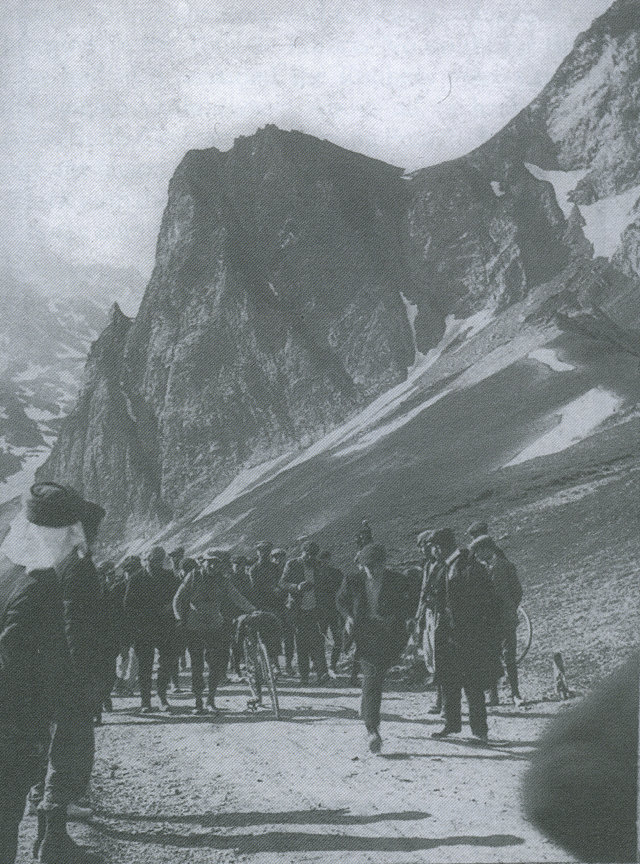
At some point during his ascent of the Col du Tourmalet, Lapize, exhausted and furious, passed a group of Tour officials who were standing by the side of the road.
According to various accounts, it was then that he shouted at them, calling them “murderers!”
His outburst was directed at Henri Desgrange and the other race organizers, whom he blamed for creating such a brutally difficult race that it seemed designed to break the riders.
Despite his frustration and the brutal conditions, Lapize continued to fight through the race. His determination paid off. Octave Lapize went on to win the 1910 Tour de France, making him the first rider to conquer the Pyrenean stages and claim overall victory.
MORE TOUR DE FRANCE FROM THE EARLY YEARS
Eugène Christophe, the unluckiest cyclist ever
In the world of professional cycling, few names are as synonymous with misfortune as Eugène Christophe. His legacy… Read More »Eugène Christophe, the unluckiest cyclist ever
Tour de France’s first visit in the Alps (1911)
The history of the Tour de France is filled with monumental stages and dramatic moments that have shaped… Read More »Tour de France’s first visit in the Alps (1911)
5 little facts about Tour de France 1910
The mighty ascents of the Pyrenees, including Col du Tourmalet were introduced to the race. The broom… Read More »5 little facts about Tour de France 1910
MORE TOUR DE FRANCE IN THE PYRENEES
The toughest Tour de France stage ever
The 10th stage of Tour de France 1926 is often dubbed as the toughest stage ever in the… Read More »The toughest Tour de France stage ever
René Vietto’s sacrifice ( Tour de France 1934)
In 1934, Tour de France produced one of the most legendary and emotional moments in cycling history when… Read More »René Vietto’s sacrifice ( Tour de France 1934)
Eddy Merckx’s epic solo victory in the Pyrenees (Tour de France 1969)
The 1969 edition of the Tour de France was Merckx’s first. Coming off wins in other prestigious races… Read More »Eddy Merckx’s epic solo victory in the Pyrenees (Tour de France 1969)
